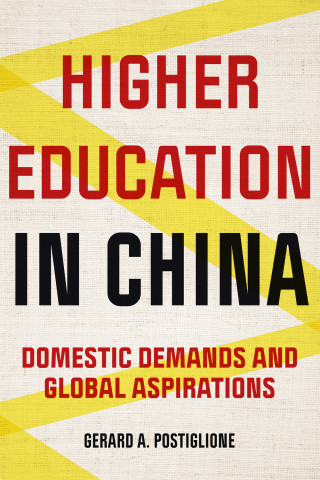
Reviews
The wealth of data provided in this book will be fascinating for anyone who is interested in the changing composition of US faculty.
This book is an important contribution to understanding the transformations that are reshaping the academic work force. I particularly commend the authors on the effort to put their findings in the context of earlier work and to highlight some of the significant trends that are different from most expectations and conventional wisdom.
Demographic analysis by itself cannot tell us how important changes may be or what responses to them are appropriate. Fortunately, the authors of this study go well beyond simply reporting data. They discern important patterns and highlight significant trends that should be kept in mind as policies for the future of postsecondary education are debated.
Book Details
List of Figures and Tables
Preface and Acknowledgments
Part I: Context: The Faculty at a Crossroads
Chapter 1. A Faculty Perspective
Chapter 2. Two Notable Developments
Chapter 3. In Summary
Part II
List of Figures and Tables
Preface and Acknowledgments
Part I: Context: The Faculty at a Crossroads
Chapter 1. A Faculty Perspective
Chapter 2. Two Notable Developments
Chapter 3. In Summary
Part II: Taking the Measure of a New Academic Generation
Chapter 4. Studying the Professoriate: A Historical Note
Chapter 5. Scope of Inquiry
Chapter 6. Identifying the New Academic Generation
Chapter 7. The Seven-Year Sort
Chapter 8. The 1993 National Study of Postsecondary Faculty
Chapter 9. Data Analysis Procedures
Part III: Demographic Contours of the New Academic Generation
Chapter 10. The New-Faculty Cohort: Its Size and Venues
Chapter 11. Demographics and Background
Chapter 12. In Summary
Part IV: The Preparation and Careers of the New Academic Generation
Chapter 13. Educational Background
Chapter 14. Career Experience
Chapter 15. In Summary
Part V: The New Academic Generation at Work
Chapter 16. Distribution of Faculty Effort
Chapter 17. The Work Week
Chapter 18. Teaching Strategies
Chapter 19. Involvement in Research and Publication
Chapter 20. Concurrent Employment
Chapter 21. In Summary
Part VI: The Attitudes and Values of the New Academic Generation
Chapter 22. Faculty Roles and Rewards
Chapter 23. Instructional Duties
Chapter 24. The Campus Environment
Chapter 25. Campus Facilities and Resources
Chapter 26. In Summary
Part VII: The New Academic Generation and the Future of American Higher Education
Chapter 27. Summary of Intercohort Comparisons
Chapter 28. Implications for the Future Faculty and Their Work
Chapter 29. In Conclusion
Appendix A: Extended Tables
Appendix B: Selected Comparisons of New- and Senior-Faculty Cohorts
Appendix C: 1993 National Study of Postsecondary Faculty: Faculty Questionnaire
Notes
References
Index





